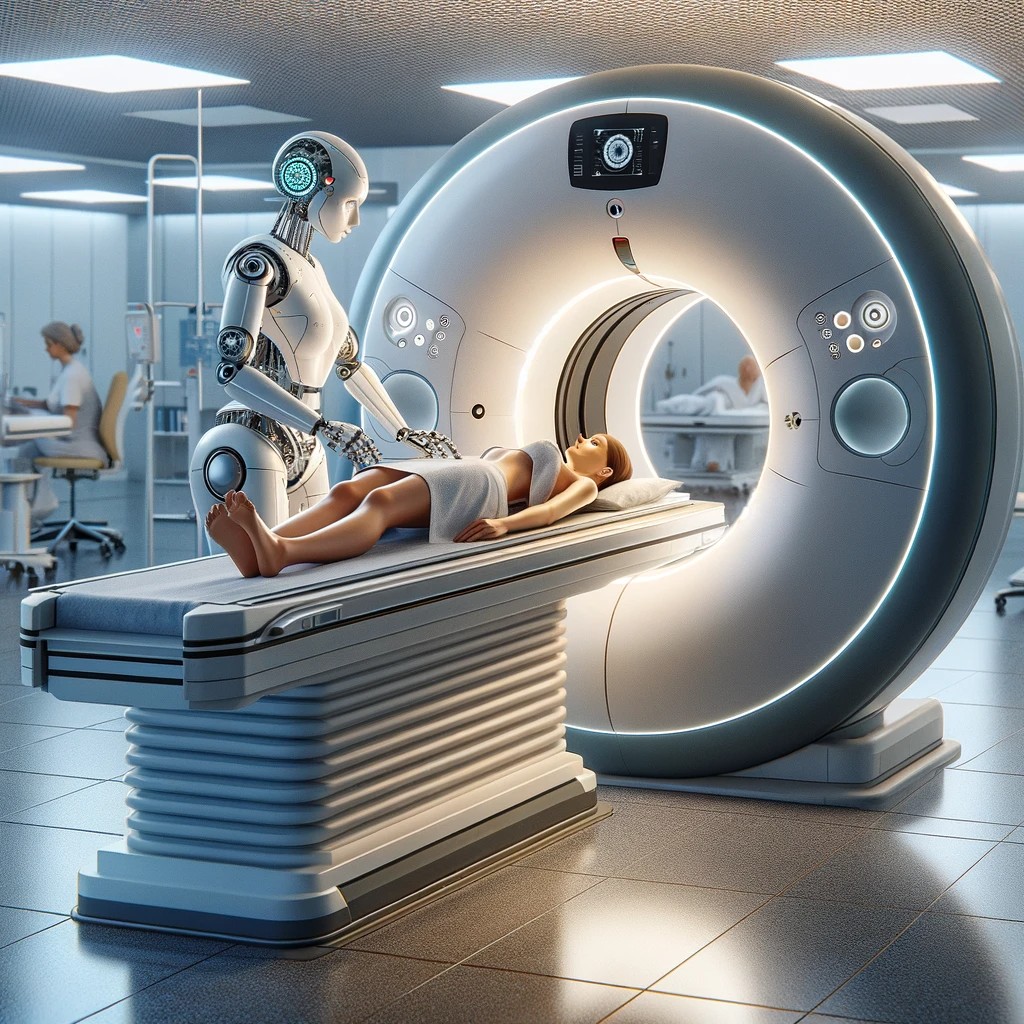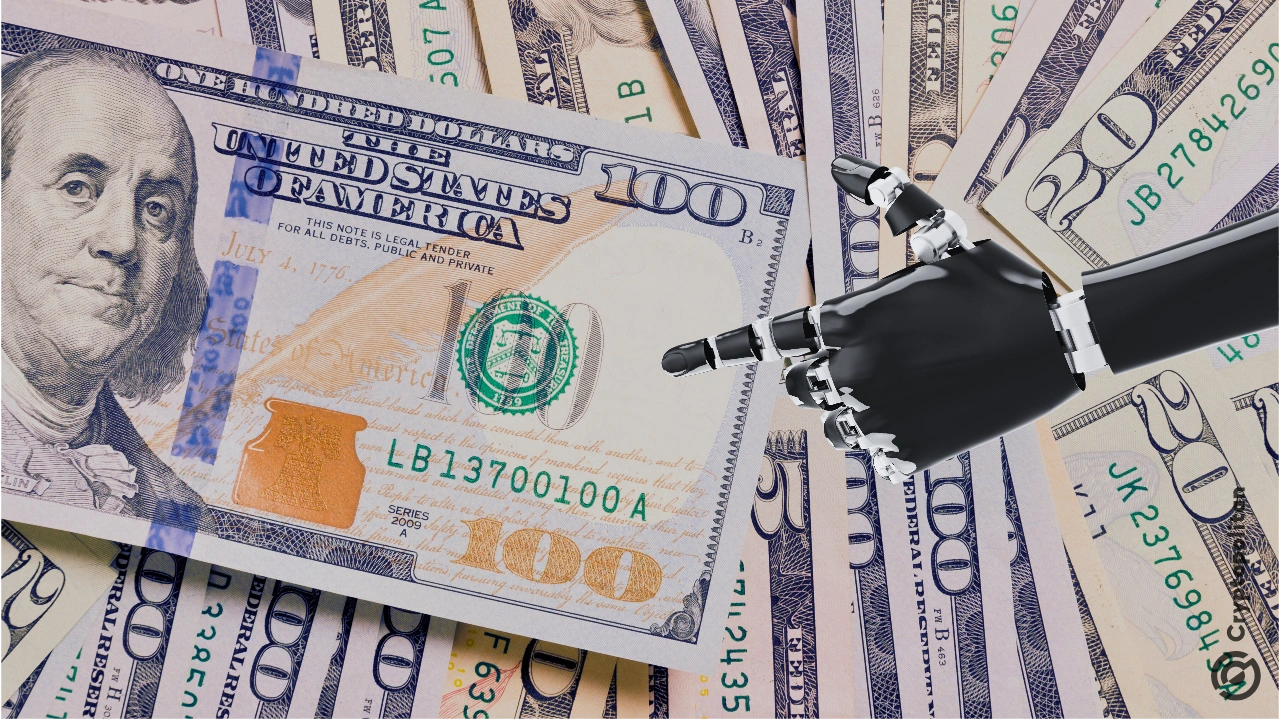In an unexpected twist at a Manhattan radiology clinic, patients are being offered an intriguing proposition during their annual mammograms – an artificial intelligence analysis for an extra $40. As this AI tool for mammography gains traction, questions about its efficacy and worth arise. The keyword “Mammography AI” thrusts the controversy into the limelight, prompting individuals to ponder whether this technology is a valuable addition to routine screenings or an unnecessary expense.
The promise and ambiguity of mammography AI
The introduction of artificial intelligence in mammography, aimed at improving cancer detection rates, has sparked both enthusiasm and skepticism within the medical community. Radiologists, including those at RadNet, emphasize the potential benefits of AI-assisted mammograms, showcasing improved performance in detecting cancers during research studies. Yet, experts like Etta Pisano, chief research officer at the American College of Radiology, urge caution, emphasizing the need for more information before declaring the technology universally beneficial.
Under the banner of RadNet, a company operating over 350 imaging centers across the nation, the integration of AI into mammography has been introduced. Gregory Sorensen, the company’s chief science officer, points to positive results in a study involving 18 radiologists. The AI tool reportedly enhanced each doctor’s performance, creating a scenario where all patients could benefit from the expertise of the very best performers. The question that looms large, however, is whether this technological analysis justifies the additional cost to patients.
The price tag dilemma and ethical considerations
As patients grapple with the decision to opt for AI-enhanced mammography, a crucial concern emerges – the $40 price tag. Laura Heacock, a breast imaging specialist at NYU Langone Health’s Perlmutter Cancer Center, acknowledges that while some individuals may find reassurance in AI analysis, it remains uncertain whether the benefits justify the extra cost. The overarching principle, according to Heacock, is that expert human interpretation of mammograms remains the standard of care.
Disparities in the approach to charging for AI analysis become evident. Practices affiliated with Massachusetts General Hospital, for instance, do not impose an additional cost on patients. Constance Lehman, co-director of the Breast Imaging Research Center at Mass General, argues that charging patients for AI analysis could create inequities, limiting access to those who can afford the extra charge. RadNet’s goal, as stated by Sorensen, is to eventually cease charging patients once health plans recognize the screening’s value and start covering the cost.
Challenges and questions in the integration of AI into mammography
The debate around AI in mammography is not devoid of challenges. Ongoing trials in the United States, coupled with research predominantly conducted in Europe, underscore the need for more conclusive evidence on the technology’s effectiveness. The MASAI trial in Sweden, while showing promising results, raises questions about generalization to the U.S. healthcare system. Also, the call for more diverse training and testing sets for AI algorithms adds another layer of complexity to the discussion.
As the medical community grapples with the integration of AI into mammography, a crucial question remains unanswered: Is the cost of AI analysis justified for patients seeking more accurate breast cancer detection? The evolving landscape of AI in healthcare demands a delicate balance between innovation, accessibility, and ethical considerations. Patients and practitioners alike find themselves at the crossroads of technological advancement, financial implications, and the pursuit of equitable healthcare. The decision to embrace or resist AI in routine mammograms prompts a collective reflection on the path forward. Is the promise of improved accuracy worth the price, and can AI truly revolutionize breast cancer detection for all?





